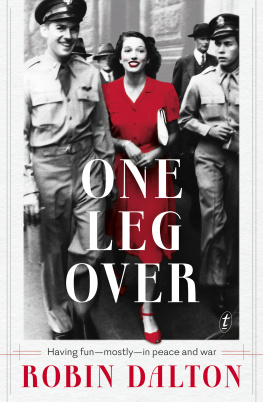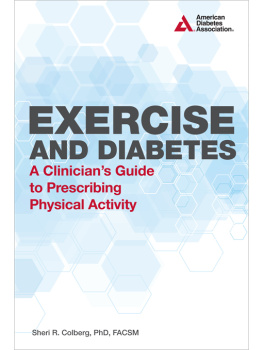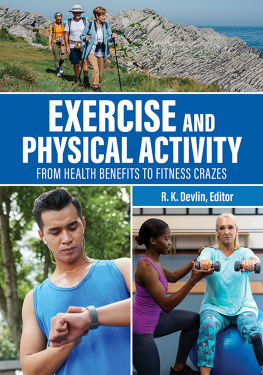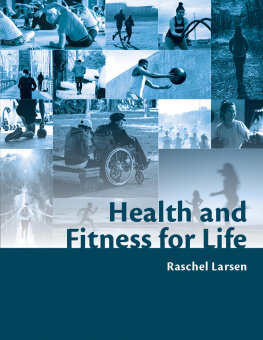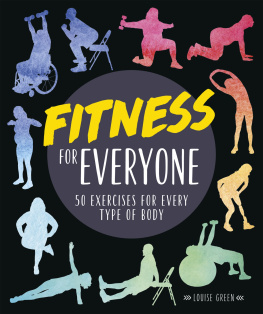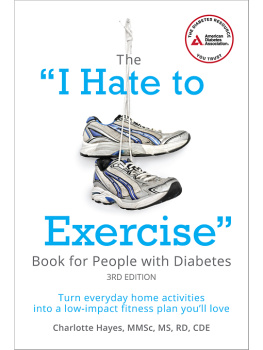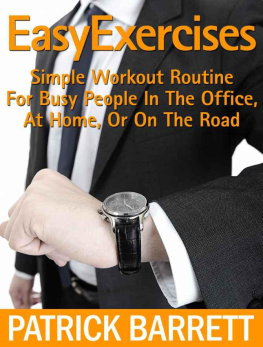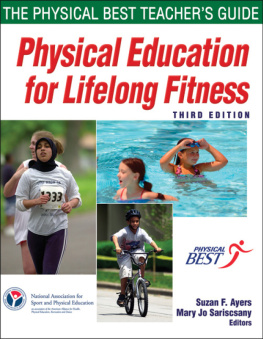EXERCISE AT HOME
By Aaron Dalton
Copyright 2019 by
All rights reserved.
This document is geared towards providing exact and reliable information with regards to the topic and issue covered. The publication is sold with the idea that the publisher is not required to render accounting, officially permitted, or otherwise, qualified services. If advice is necessary, legal or professional, a practiced individual in the profession should be ordered.
From a Declaration of Principles which was accepted and approved equally by a Committee of the American Bar Association and a Committee of Publishers and Associations.
In no way is it legal to reproduce, duplicate, or transmit any part of this document in either electronic means or in printed format. Recording of this publication is strictly prohibited and any storage of this document is not allowed unless with written permission from the publisher. All rights reserved.
The information provided herein is stated to be truthful and consistent, in that any liability, in terms of inattention or otherwise, by any usage or abuse of any policies, processes, or directions contained within is the solitary and utter responsibility of the recipient reader. Under no circumstances will any legal responsibility or blame be held against the publisher for any reparation, damages, or monetary loss due to the information herein, either directly or indirectly.
Respective authors own all copyrights not held by the publisher.
The information herein is offered for informational purposes solely, and is universal as so. The presentation of the information is without contract or any type of guarantee assurance.
The trademarks that are used are without any consent, and the publication of the trademark is without permission or backing by the trademark owner. All trademarks and brands within this book are for clarifying purposes only and are the owned by the owners themselves, not affiliated with this document.
TABLE OF CONTENTS
Chapter 1: INTRODUCTION
Fitness is something we would all try to do to maintain a decent standard of physical health. Yet deciding what exercise entails can be tough. We answer the question here: What does it mean to be physically fit?
According to United States Department of Health and Human Services, physical health is defined as "a collection of qualities that are linked to the ability to perform physical activity" that people have or attain.
This definition goes beyond being able to lift heavy weights or to run quickly. While significant, these attributes tackle only single fitness areas.
Physical fitness is the capacity of your body systems to function effectively together to allow you to be healthy and to perform daily living activities. They are being effective means performing routine tasks with as little effort as possible. A fit person can do schoolwork, perform duties at home and still have enough time to enjoy sport and other recreational activities. A fit person can effectively respond to normal circumstances in life, such as raking leaves at home, storing shelves at a part-time job, and marching in the school band. A fit person may also respond to emergency situations-by running to get help or helping a friend in distress, for example.
Physical fitness consists of 11 parts-6 of them related to health and five related to ability. All the pieces, including sports, are essential to good results in physical activity. Yet the six are named contributing to health-related physical fitness because kinesiology scientists have shown that they can reduce the risk of chronic disease and encourage good health and wellness. These elements of fitness are a composition of the body, cardiorespiratory endurance, flexibility, muscle endurance, power and energy. Also, they allow you to work efficiently in daily activities.
As the name implies, skill-related components of physical fitness enable you to perform well in sports and other activities which require motor skills. For starters, speed helps you in such sports as track and field. Such five elements of physical exercise are also correlated with health but less so than the components related to wellness. For example, balance, strength, and coordination in older adults are very important in avoiding falls (a major health concern), and reaction speed is correlated with the risk of car accidents.
Chapter 2: HOW TO TRAIN FOR WORKOUTS AT HOME
If you think you'll just unroll a yoga mat and jump right into a perfectly planned workout routine at home, you might be shocked that it's not all that easy. You need a gameplan, or you'll be left staring at your collection of old, stretched-out resistance bands and that easy, rusty dumbbell that doesn't even know where to start.
Know your target.
Number one on the to-do list: Decide what you want to get out of your workouts at home. Want to leave the gym entirely and just stick to methods at home? And do you want to make any at-home workouts supplement your gym and studio sessions for convenience? This will influence the style and duration of your workouts when you do them, and the equipment you will need.
Plan a room space.
Choose a spot that has room for at least one yoga mat this would be a fairly wide place for you to stretch and do core exercises and seek to store your equipment under your bed or wardrobe to free up space while you're not working. Based on your choice of exercise, you may also adjust the scenery: HIIT exercises can involve a little more space and a firm floor, while yoga or Pilates can be performed almost anywhere, including on the living room rug.
Apartment dwellers would need to be mindful of the noise level. Instead of playing your music on a stereo, put on a pair of portable headphones that won't get stuck on your jumping cord, and you'll never have to think about the sound of Lizzo's "Sweet as Hell" going over to the family with a kid upstairs. You might not be able to smash heavy dumbbells to the ground after the last exhausting rep or jump squats at midnight, but there are plenty of quieter options that target the same muscle groups (and feel just as rewarding when you're done).
Fix a plan.
Now that you should not get to the cycling studio at 6 p.m. You could find yourself putting off your workouts at home for a happy hour Netflix date. You could end up skipping your workouts at home, pretty fast. However, there is an easy solution: build a regular schedule like you would if you signed up for a class in the studio or went to the gym.
Applying the same logic to your workouts at home by arranging your workout would allow you to stick closer to your schedule. "If anyone asks you to meet at 5, you should honestly say, 'Sorry, I've got an appointment; how about four instead?'"
And note that no matter where you want to work out, consistency is essential to achieving results: "Over time, as a result of daily physical activity, the body can develop strength, stamina, and resilience," Stephanie Howe, an ultra-runner at the CLIF Bar with a PhD in nutrition and exercise science, told shape beforehand.
"This is the only way to improve, rather than stagnation." Try asking yourself these questions to figure out the best way to infuse your workouts into your routine at home:
Do you have more motivation before dawn, or do you prefer sweating after work?
How much time do you want to devote to your workouts at home?
Would you do it on your own, or with your friend or roommate?
Do you have to work around your child's, partner's or pet?
When you're working at home, how can you ensure that your exercise doesn't affect your productivity?
Would you like some encouragement (via a fitness app or steaming workouts online) or do you already have a solo workout plan?




